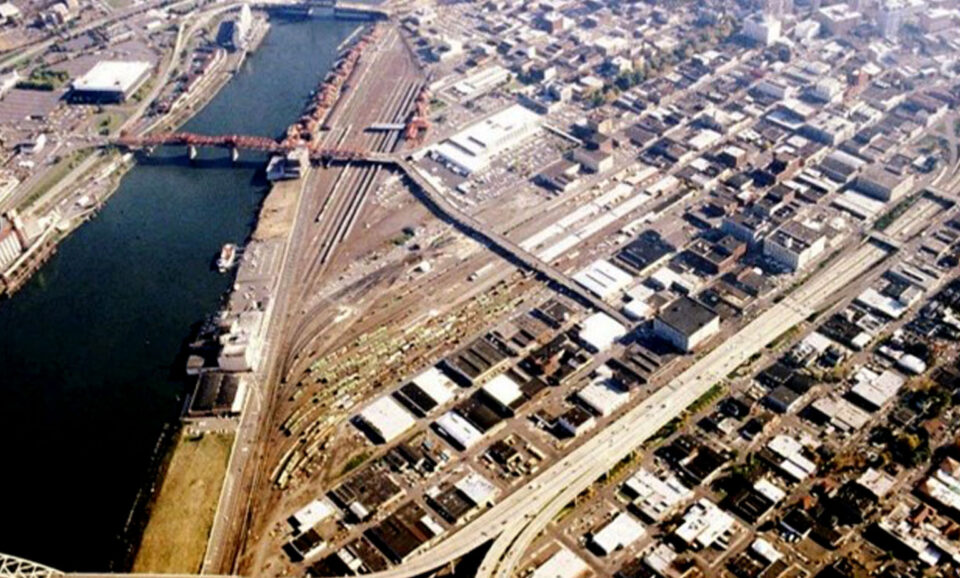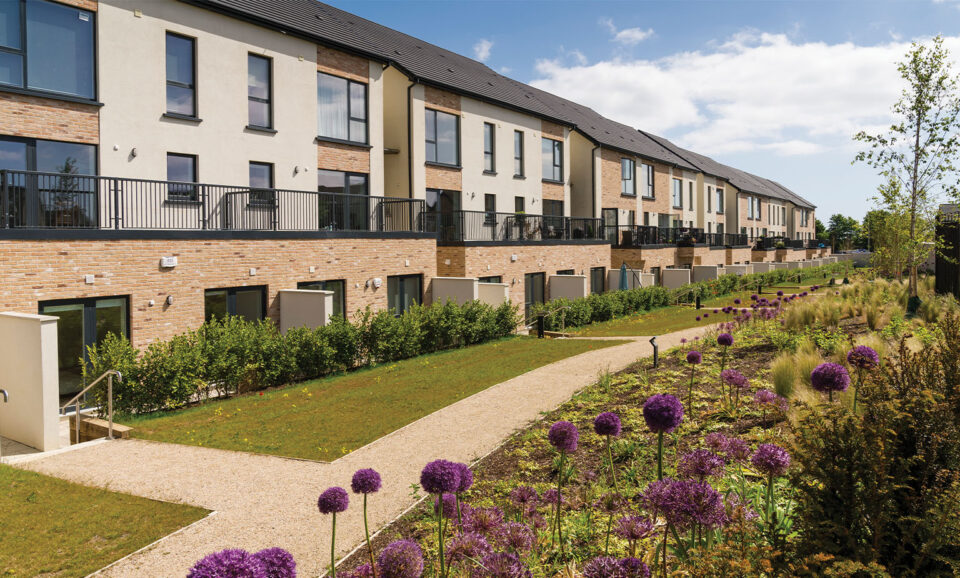
Innovating to build more social and affordable homes
7th November 2024
Composition of purchasers of new homes
7th November 2024‘Sobering’ link to house price rises and relaxed credit channels

An established link between credit availability and rising house prices in the residential housing market, last seen prior to the financial crisis, is once again evident in Ireland, say the ESRI.
The average loan-to-income ratio, within the Irish mortgage market, has returned to multiples last seen at the peak of the Celtic Tiger boom and there is strong evidence to suggest that the credit channel is once again having an influential impact on Irish house prices.
Since 2012, nominal house prices in Ireland have risen by 126 per cent, while rent levels have increased by 108 per cent – largely fuelled by demand outstripping supply for over a decade.
However, an ESRI report assessing the contribution of changing credit standards to recent house price developments has highlighted some concerns that part of the recent price increase across the residential market may be “unsustainable in nature or that it may be fuelled once again by a mortgage credit-house price spiral”.
Although outlining their finding that “exogenous movements” in credit conditions, which have been notable since 2021, are consequently now having an impact on house prices, the report’s authors are quick to point out a “crucial difference” of scale between the present and the Celtic Tiger period.
“A significant number of mortgages were issued in the 2005 to 2007 period when credit conditions were loosened considerably, whereas fewer are available now,” the report states, adding that at this point, the risk “does not appear to be systemic in nature”.
However, it warns that in the context of a growing cohort of mortgage holders in the Irish residential market taking out highly leveraged positions, “a significant deterioration in economic fundamentals such as reduced income levels or higher mortgage rates could result in these households experiencing some difficulties in repaying their mortgages”.
To this end, the report’s authors recommend careful monitoring of the changing credit conditions and their impact on house prices.
At the time of the global financial crash of 2007/08, Ireland’s financial sector, like many countries across Europe, was especially vulnerable due to its substantial liabilities in the property market. The Celtic Tiger period had seen a large boost in activity coupled with major credit market liberalisation and subsequently, an increase in mortgage credit which fuelled a housing bubble.
Included in the cost of the crisis was a fall in house prices by some 54 per cent between 2007 and 2012, leading to the eventual overhaul of financial regulation at both a national and an EU level. However, the ESRI says that the Central Bank’s decision to soften mortgage lending rules for first-time buyers in 2022 has contributed to rising house prices.
On the changes which included a movement of maximum loan-to-income ratios for first-time buyers from 3.5 to four times income as well as changes allowable to loan-to-value ratios for second and subsequent buyers from 80 per cent to 90 per cent, the report says: “Enabling prospective house buyers to borrow more at a time when there was considerable savings already built up in the Irish economy due to Covid-19 has almost certainly put upward pressure on house prices.”
Interestingly, the report flags potential learnings for other European countries in Ireland’s circumstances. Despite uneven recovery in European markets following the financial crash, an economic legacy of the Covid-19 pandemic was a widespread acceleration of house price inflation. Three-quarters of over 60 countries were recorded by the IMF’s Global House Price Index were recorded as witnessing price increase in 2020 and in to 2021, with over one- third of these countries recording rises greater than 5 per cent.
The report notes that house prices have not experienced such a sustained increase since the period before the financial crash, concluding: “While there is not yet a systemic risk to the domestic financial system, it is important that this trend in changing credit conditions and the resulting impact on house prices be carefully monitored.”
Adding: “It is particularly important that any upward movements in house prices are not additionally fuelled by changes in credit condition.”






